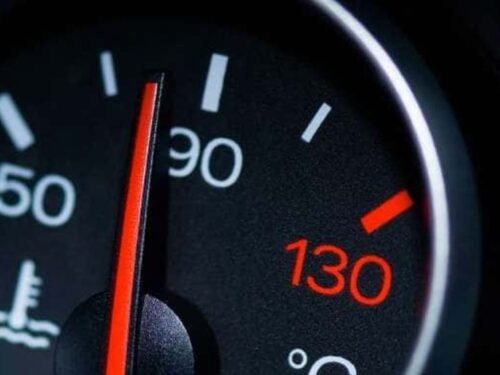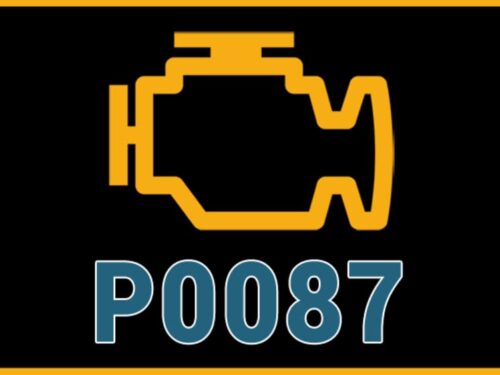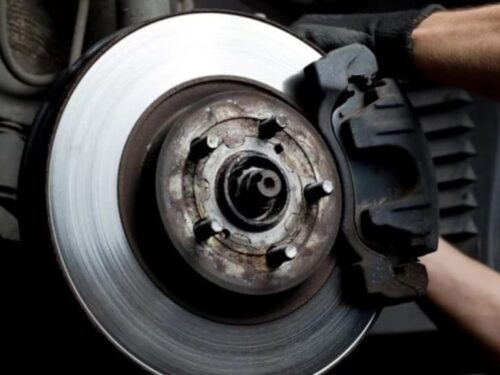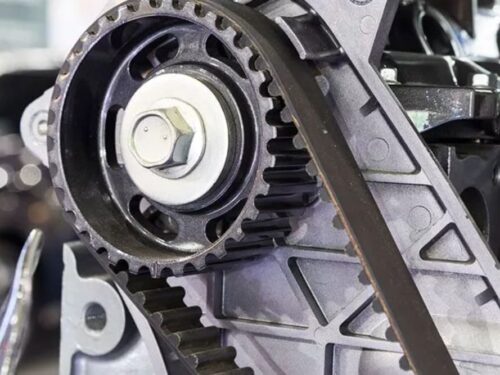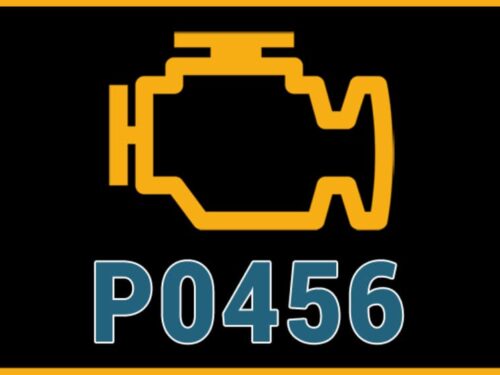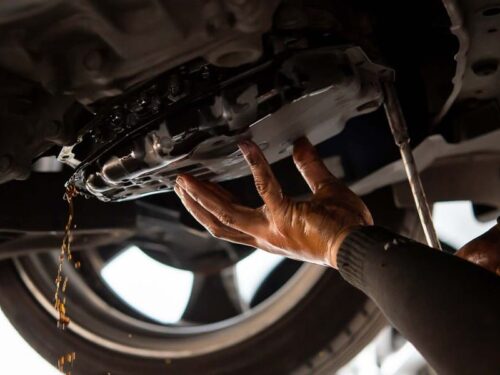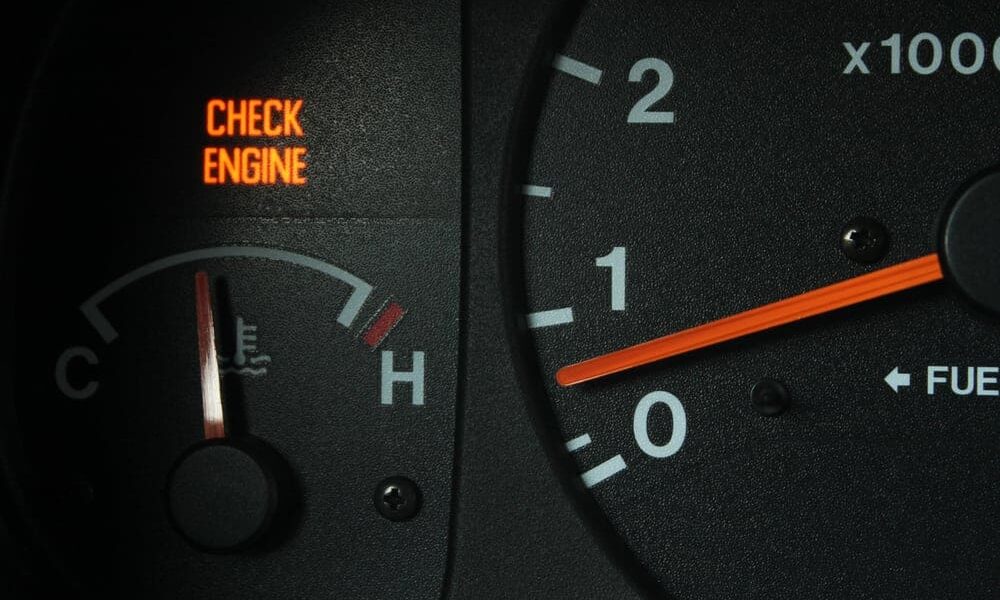
It’s a scenario that’s befallen drivers everywhere: They turn on the car and start to fiddle with the radio and the air. They glance left and right over their shoulders while buckling up to check whether they’re clear to back up. They put the car in gear, ease it down the driveway and go on their way. Then suddenly they glance down at the dash and notice with horror — the check engine light is still on!
What does this mean? Well, for starters probably a pretty annoying day. If your check engine light is illuminated, it’s best to take it in for diagnostic testing, which can feel like a hassle. Because while the lights vary in appearance from vehicle to vehicle, all have the same basic meaning: There’s a problem with the car’s emissions system. The on-board diagnostics system and engine control unit are in charge of monitoring a bunch of different parameters, and if they get a reading that’s a little out of whack, up pops the check engine light.
The list of things that can trigger the check engine light is pretty lengthy. For example, anything from a loose gas cap to a faulty fuel injector can be to blame. Some other potential culprits that can cause that malevolent glow include:
- A wet engine
- A blown gasket head
- Faulty oxygen sensors
- Worn-out spark plugs or spark plug wires
- Loose or cracked hoses and manifolds
- Sticky exhaust gas recirculation valves
- Pinched or deteriorated fuel injector O-rings
So first thing first: Check to make sure your gas cap is on and give it a few more clicks to tighten it up. If that doesn’t work, head to a mechanic or an auto parts store — it’s always a good idea to get a professional to diagnose the problem, and some will even perform this service for free. A few of the above items are inexpensive to fix. While others are more expensive, it’s still important to get them taken care of. Even though the car could be driving just fine, you may be wasting fuel, putting out lots of pollution and damaging the engine. In some states, you won’t pass your annual emissions test if the light is on — especially if the vehicle is a 1996 or newer — so that’s another good incentive to get it checked out.
Whatever you do, don’t lazily slap a piece of black electrical tape over it and go about your business. Cars just need a little love from time to time to stay in good shape, and neglecting a minor issue could lead to bigger problems down the road.
Courtesy of absolutecarcare


